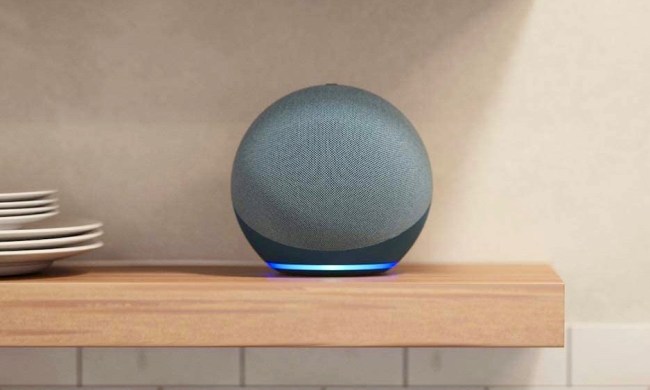In 1995’s , Bill Gates gave some details about how his futuristic home. Located on Lake Washington outside of Seattle in Medina, the gadgets inside the 66,000-square-foot compound (which was completed in 1997) sounded like sheer wizardry 20 years ago, but mere mortals can now afford some of the technology Gates boasted about — though the seven bedrooms, 24 bathrooms, and six kitchens are still likely out of reach.
“He wished the technology to be as invisible as possible,” architect Peter Bohlin, who designed the compound, along with James Cutler, told Philly.com in 1995. ”He and his wife wanted the spaces to be even more domestic. He intends to make it high-tech, but by magic. It’s invisible.” Even the outlets are hidden, according to U.S. News & World Report.
The house was outfitted with fiber optic cables and each room has its own touch pad to control lighting, music, and temperature. (Wink now makes similar products for $200). “First thing, as you come in, you’ll be presented with an electronic pin to clip to your clothes. This pin will connect you to the electronic services of the house,” Gates wrote in The Road Ahead. “The electronic pin you wear will tell the house who and where you are, and the house will use this information to try to meet and even anticipate your needs — all as unobtrusively as possible.” At the time, Gates speculated cameras might one day supplant the pins, as they’d be able to do facial recognition. He explained that the house would learn your preferences and adjust to your needs. Your affinity to dimmer lights, R&B, and Monet paintings would mean the lamps, music system, and screens would all adjust when you enter the room. A handheld remote helped you choose your settings, and while there’s no shortage of smart-home remotes today, it’s possible phones have replaced them in the Gates home. If you want the ability to adjust your artwork with the touch of a button or swipe of your hand, lots of digital frames can make your home a little more Gates-esque.
“A decade from now,” Gates wrote in his book, “access to the millions of images and all the other entertainment opportunities I’ve described will be available in many homes and will certainly be more impressive than those I’ll have when I move into my house in late 1996. My house will just be getting some of the services a little sooner.” We’re finally playing catch up, but since Gates is pretty mum about the current state of his abode, who knows how many decades he’s ahead of us all by now.


